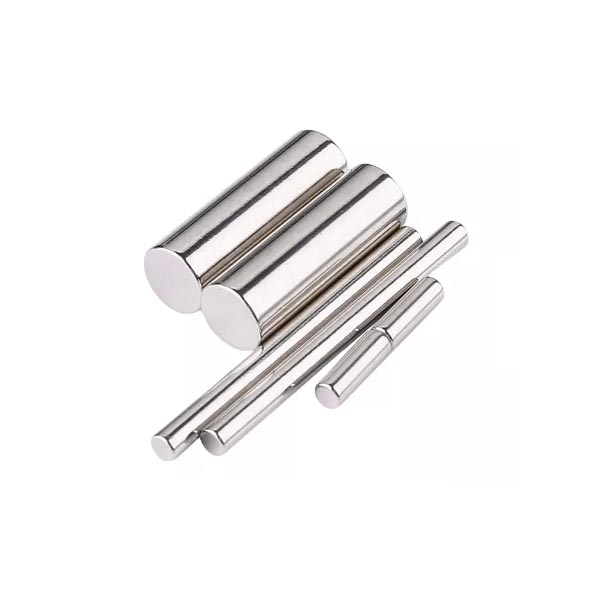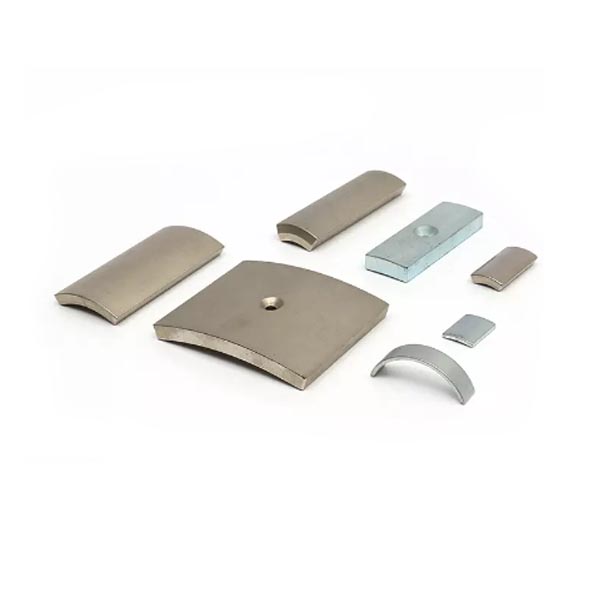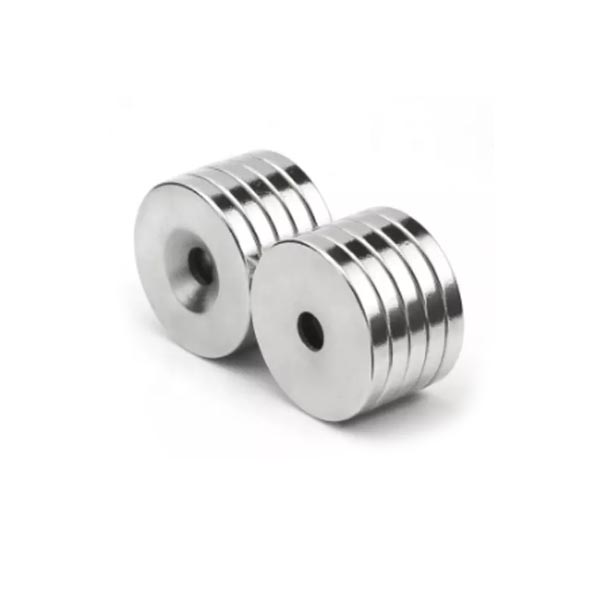Neodymium magnets, which are a type of rare-earth magnet, are known for their strong magnetic properties and are increasingly being used in various innovative applications within the automotive industry. Here are some of the key areas where they are making an impact:
1. Electric Vehicle (EV) Motors
- High Efficiency Motors: Neodymium magnets are crucial in the development of high-performance electric motors used in electric vehicles (EVs). Their strong magnetic fields allow for the creation of more compact, lightweight, and efficient motors, which can significantly improve the power-to-weight ratio of EVs.
- Enhanced Power Density: These magnets help in achieving higher torque and power density in motors, which directly translates to better acceleration and overall performance in EVs.
2. Advanced Driver Assistance Systems (ADAS)
- Sensor Technology: Neodymium magnets are used in various sensors that are part of ADAS, such as in magnetoresistance sensors. These sensors are critical for functions like adaptive cruise control, lane-keeping assistance, and parking assistance.
- Precise Positioning: The strong and stable magnetic field provided by neodymium magnets ensures precise and reliable performance of these systems, which is essential for safety and automation.
3. Power Steering Systems
- Electric Power Steering (EPS): In modern electric power steering systems, neodymium magnets are used in the motor that provides the necessary assistance to the driver’s steering effort. These magnets help in creating a more responsive and energy-efficient steering system, which also reduces fuel consumption.
4. Magnetic Bearings
- Low-Friction Bearings: Neodymium magnets are employed in magnetic bearings, which are used in high-speed applications like turbochargers or flywheels. These bearings reduce friction and wear, leading to increased efficiency and durability of automotive components.
5. Audio Systems
- High-Quality Speakers: Neodymium magnets are used in car audio systems to produce high-quality sound. Their strong magnetic fields allow for smaller, lighter speakers that deliver powerful and clear audio, enhancing the in-car entertainment experience.
6. Magnetic Couplings
- Non-Contact Couplings: In some advanced automotive systems, neodymium magnets are used in magnetic couplings that transfer torque without direct mechanical contact. This can reduce wear and tear, leading to longer-lasting components and reduced maintenance costs.
7. Regenerative Braking Systems
- Energy Recovery: In regenerative braking systems, neodymium magnets play a role in the electric motors that capture and convert kinetic energy back into electrical energy during braking. This recovered energy is then stored in the battery, improving the overall efficiency of hybrid and electric vehicles.
8. Engine Starters
- Compact and Efficient Starters: Neodymium magnets are also used in the starters of internal combustion engines, especially in stop-start systems that are designed to reduce fuel consumption and emissions by turning off the engine during idling and restarting it when needed.
9. Magnetic Sensors
- Position and Speed Sensors: These magnets are integral in the operation of various position and speed sensors throughout a vehicle, ensuring accurate data for engine control units (ECUs) and other electronic systems.
10. Actuators and Motors for Seats and Windows
- Compact Actuators: Neodymium magnets are used in small motors that control the movement of seats, windows, and mirrors in vehicles, providing smooth and reliable operation.
Conclusion
The innovative use of neodymium magnets in the automotive industry is driving advancements in efficiency, performance, and safety. As the industry continues to evolve, especially with the growing shift toward electric and autonomous vehicles, the role of these powerful magnets is likely to expand even further.
Your Custom Neodymium Magnets Project
We can offer the OEM/ODM services of our products. The product can be customized according to your personalized requirements, including the size, Shape, performance, and coating. please offer your design documents or tell us your ideas and our R&D team will do the rest.
Post time: Aug-29-2024







